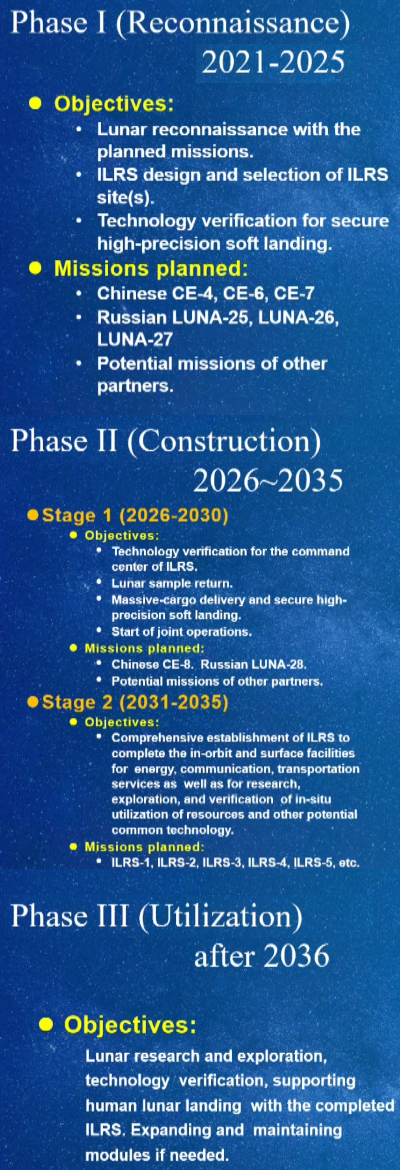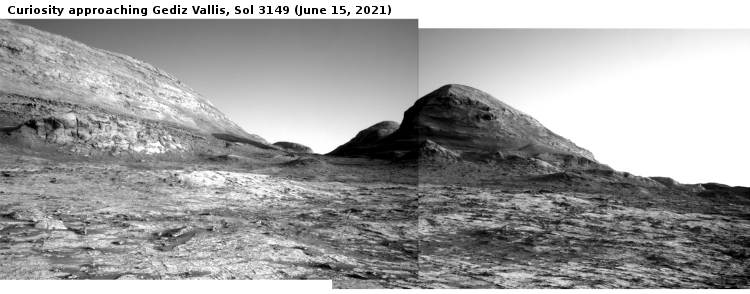Today’s blacklisted American: George Mason University to blackball whites and men in hiring

The Civil Rights Act of 1964:
Doesn’t exist at George Mason University.
The new bigotry on American campuses: In an email sent out to his entire faculty in mid-May, George Mason University president Gregory Washington demanded that the university’s hiring practices specifically discriminate in favor of minorities and women over whites and men.
Washington further argued that the faculty at GMU do not proportionally represent the ethnicities of the student body or the surrounding region. A vision of diversity and inclusion in hiring “is a recognition of the reality that our society’s future lies in multicultural inclusion,” he said in his email.
This begins by redefining “best” to include “lived experiences” as a top hiring criteria alongside professional aptitude, he stated. In short, “We either believe that diversity and inclusion can improve our performance, or we don’t,” Washington stated.
Consequently, Washington recommended hiring based jointly on teaching ability, research achievements, and openness to diversity. The result, he argued, will support minorities who don’t have equal access to opportunities for success.
To really get a flavor of Washington’s discriminatory recommendations you need to read his whole email. » Read more

The Civil Rights Act of 1964:
Doesn’t exist at George Mason University.
The new bigotry on American campuses: In an email sent out to his entire faculty in mid-May, George Mason University president Gregory Washington demanded that the university’s hiring practices specifically discriminate in favor of minorities and women over whites and men.
Washington further argued that the faculty at GMU do not proportionally represent the ethnicities of the student body or the surrounding region. A vision of diversity and inclusion in hiring “is a recognition of the reality that our society’s future lies in multicultural inclusion,” he said in his email.
This begins by redefining “best” to include “lived experiences” as a top hiring criteria alongside professional aptitude, he stated. In short, “We either believe that diversity and inclusion can improve our performance, or we don’t,” Washington stated.
Consequently, Washington recommended hiring based jointly on teaching ability, research achievements, and openness to diversity. The result, he argued, will support minorities who don’t have equal access to opportunities for success.
To really get a flavor of Washington’s discriminatory recommendations you need to read his whole email. » Read more








